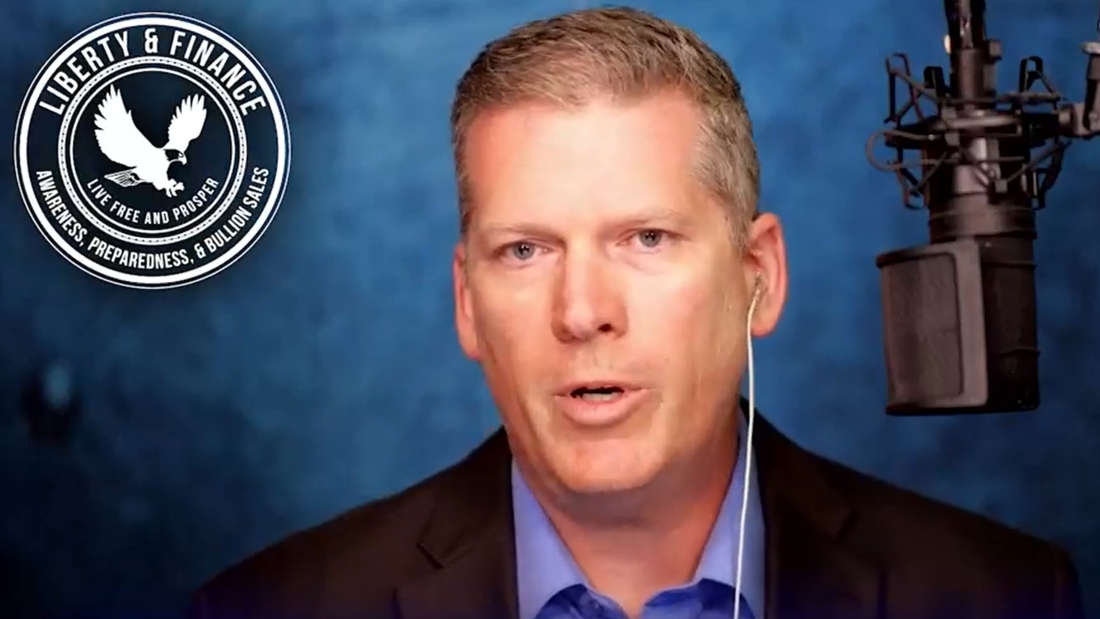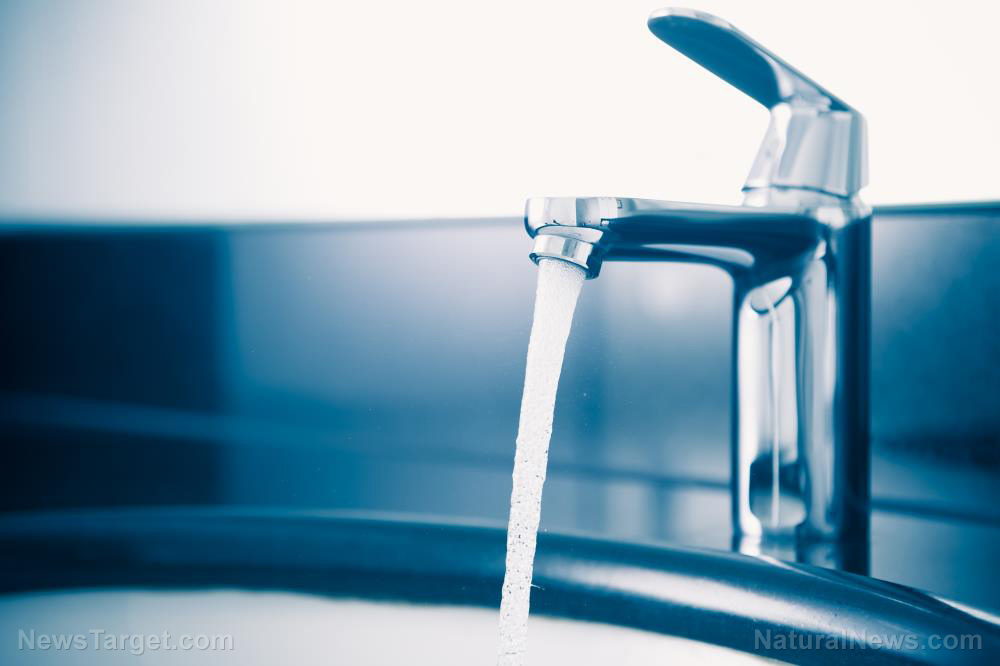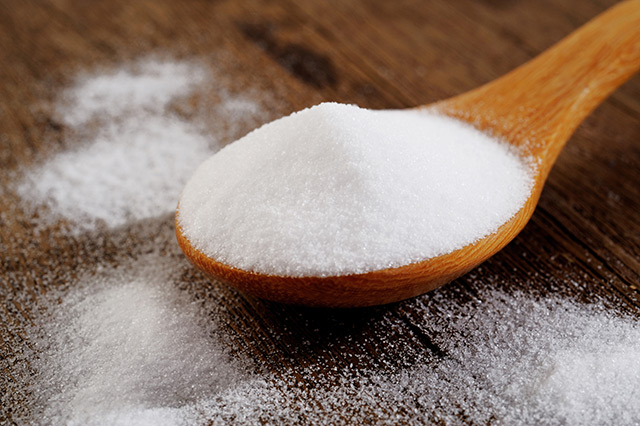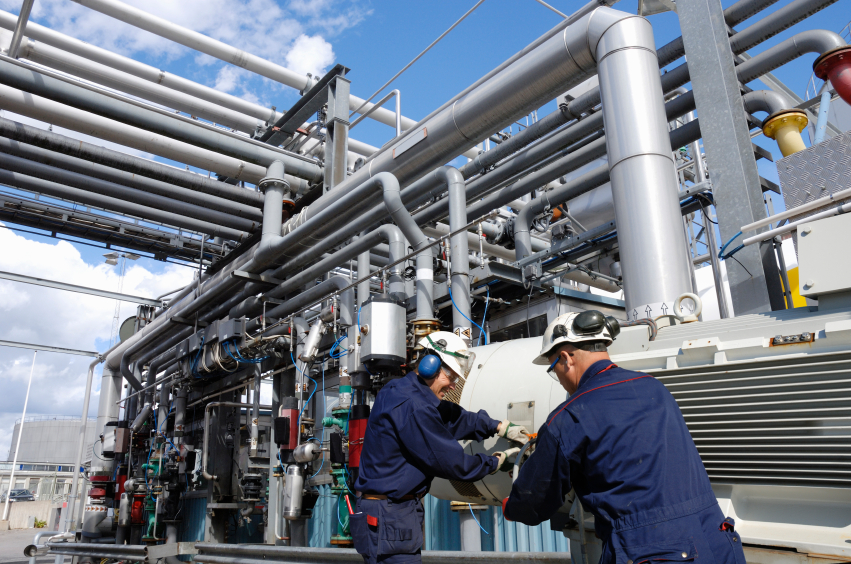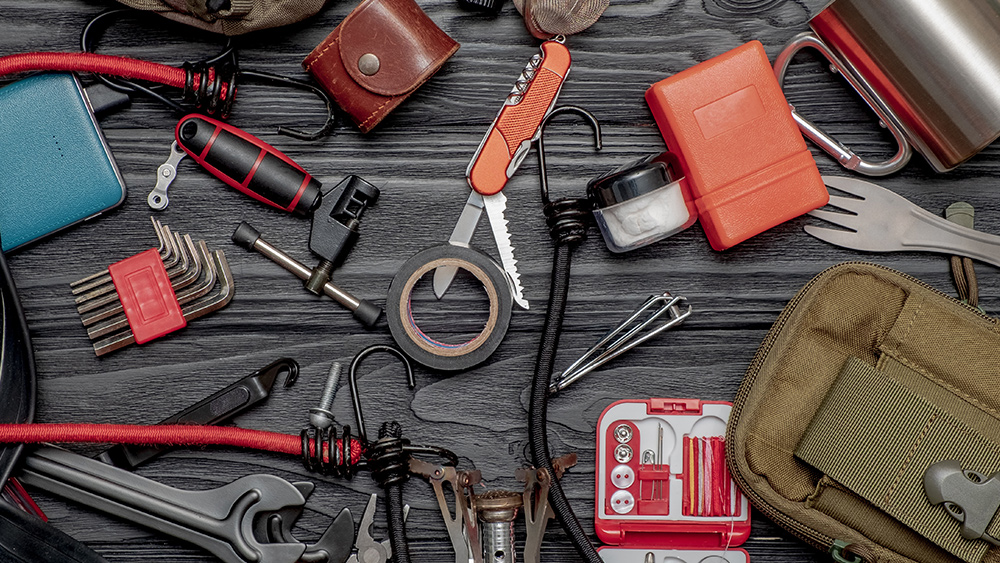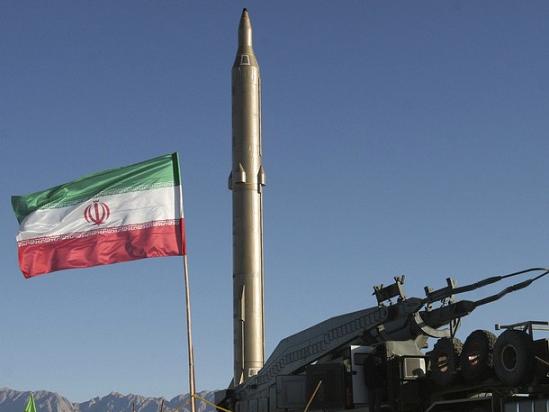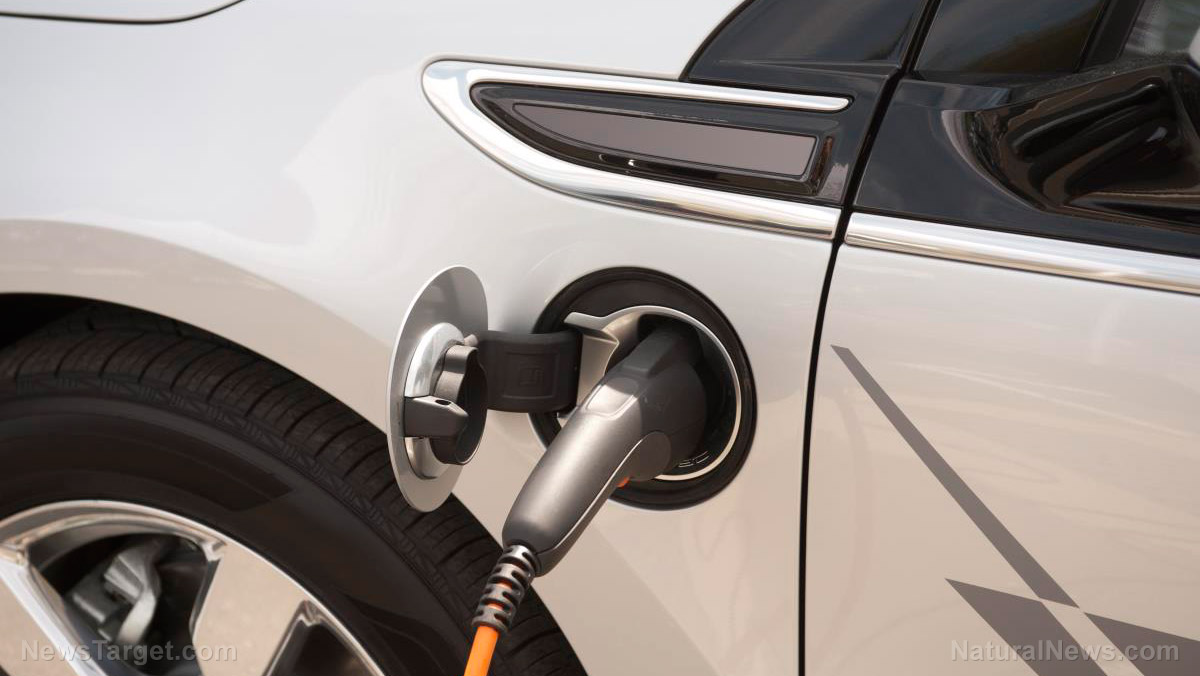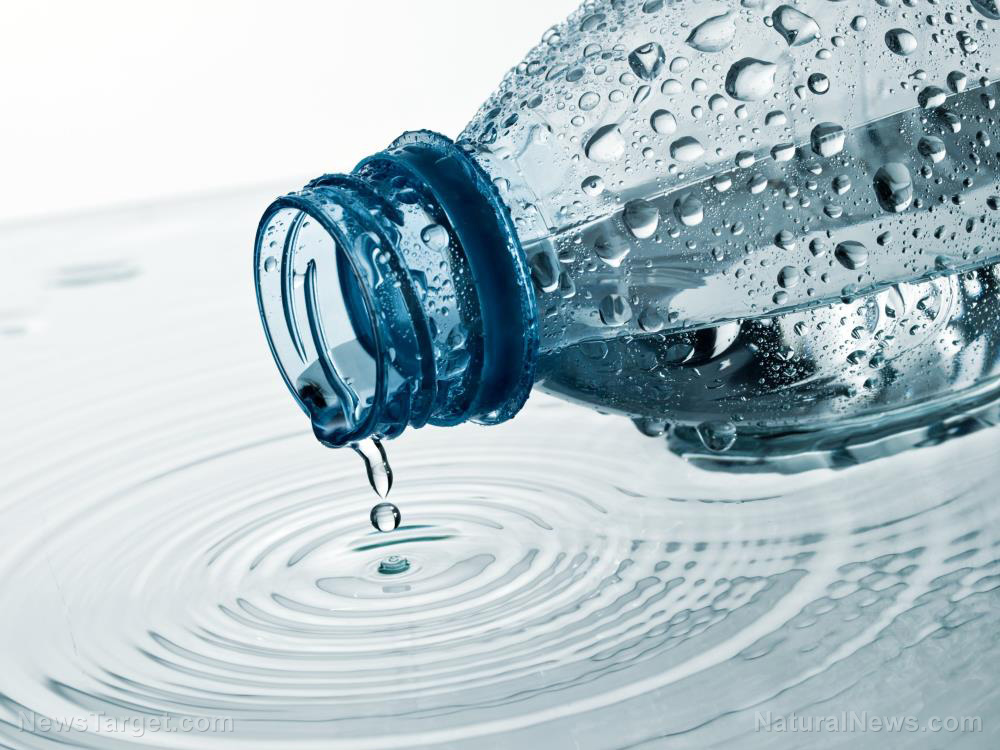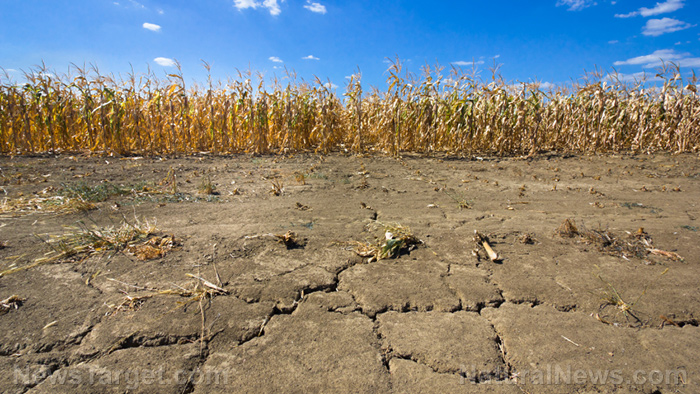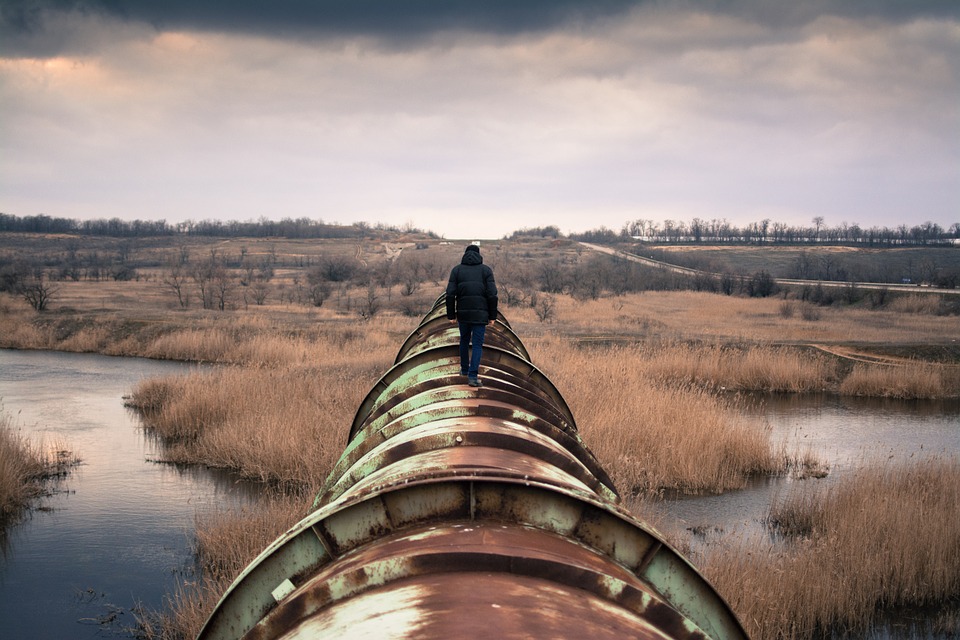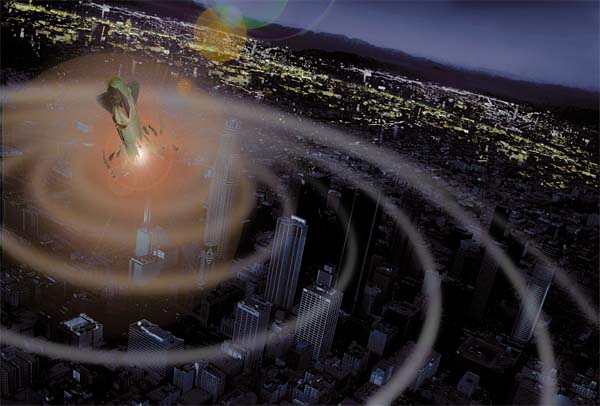Water supply basics: How to use ponds as an emergency water source
05/17/2022 / By Zoey Sky
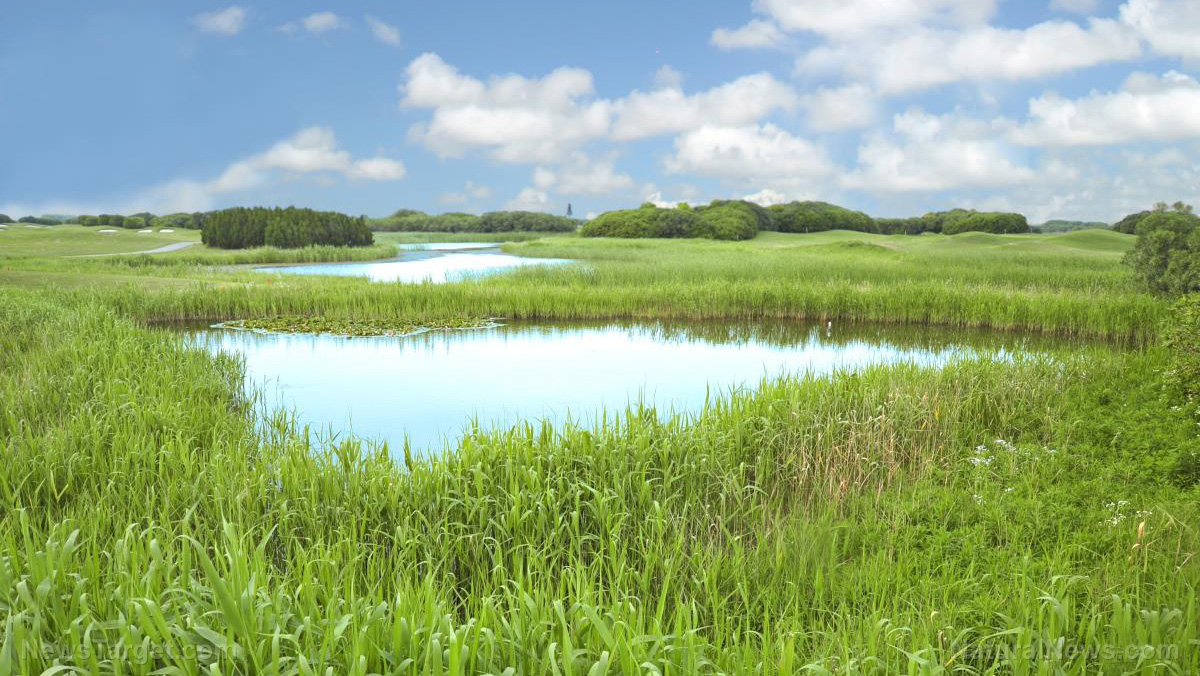
You don’t want to run out of water in a post-SHTF world, especially if you are dealing with a long-term scenario. But even preppers can’t prepare for everything, so stock up on enough water for your family before SHTF.
You should also have a backup plan in case you run out of water, so learn how to use ponds as an emergency water source. (h/t to TheSurvivalMom.com)
Ponds are common in the U.S. and they often form due to periodic flooding in river basins. They are also an important part of local ecosystems. A pond’s ability to sustain wildlife extends to humans, especially if you know how to use ponds as an emergency water source.
If you own a man-made pond in your backyard, you can make your property more beautiful while also having access to an alternative water source.
A natural pond is similar to a lake since both are open bodies of fresh water in the ground. However, a pond is usually smaller and shallower than a lake.
Since ponds are shallower than lakes, the former often have plants growing on the bottom from one side to the other. Most ponds are less than six or seven feet deep.
Is it safe to use a pond as a water source?
Ponds are the anchor of a local ecosystem and they can sustain aquatic plants, fish, birds, insects and other wildlife. When SHTF, it’s safe to use ponds as an emergency water source.
Regardless if your pond is natural or man-made, it can contain more water in a small area than you could store in a garage or backyard shed. To illustrate, a pond that is two feet deep and measures 15 feet by 15 feet contains at least 450 gallons of water or the equivalent of almost 2,200 pint-sized water bottles. Note that one cubic foot is equal to 7.48 gallons.
With some edible fish, you can also have an emergency food supply with your water source. As a bonus, fish also help control pests like mosquitoes.
Tips for building a backyard pond
A basic man-made backyard pond requires a liner to contain the water. You can either use a rigid liner in a particular shape or a flexible one that allows you to design the shape and features within the pond.
If the pond will contain more than 250 gallons of water, you need a flexible liner.
Next, plan for the quality of water. A pond is a chemical and biological soup so you need to manage it properly to prevent nuisances like algae and nitrates from getting in the water.
Before the planning process, decide if you want just a water source or if you’ll also be using aquaponics. Changing your mind after you start the project will cost more money and waste more time.
You can also design your backyard pond’s environment to prevent common problems. This is important, especially if you plan to use the water in your pond when SHTF.
If you have money to spare, hire a landscape architect to design and build the backyard pond. But if you want to save money, build the pond yourself by checking online resources and books. (Related: Prepper essentials: What to do if you run out of water when SHTF.)
Cleaning the pond
Tainted water contains deadly pathogens, and you must learn how to purify pond water completely before using it for drinking or cooking.
Once the pond is in place and operational, maintain it. You need oxygen to keep your pond environment clear and fresh.
Your backyard pond will benefit from a fresh stream of oxygen via a fountain or waterfall. If you have fish in your pond, you need a pump and some type of biological filter to remove ammonia and nitrates that the fish will excrete. Aquatic plants can also help eliminate these compounds.
Tips for making a DIY biological filter
To make a biological filter, you need a place for beneficial bacteria to grow and a flow of water through the area.
Steps:
- Find a container, like a 55-gallon drum or a big trash can, then direct the discharge from your pump into the container. The container should have a closed top to eliminate mosquitoes.
- Roll up evaporative swamp cooler pads, which you can buy at a hardware store, and place them into the container.
- Get a bulkhead fitting from the hardware store and use it to affix a hose from the container back to the pond. This helps direct the discharge to a waterfall or fountain. The good bacteria will naturally latch on to the fibers of the pad and turn the nitrates and ammonia into a dark sludge. This sludge will collect at the bottom of the container and is full of nutrients for plants.
Periodically drain the sludge to maintain your biofilter.
Using pond water as drinking water
Before you take water from your pond, wait until the water is clear when the finished pond establishes its own balance.
Here’s how you can purify pond water for drinking:
- Strain the water through a coffee filter or a clean cloth to remove the larger particles.
- Boil the water for several minutes.
- Add eight drops of regular household bleach per gallon of water.
- If you can’t boil or filter the water, pour it into a clear plastic bottle and leave it in the sun all day. The ultraviolet rays from the sun will kill microbes in the water.
While you can use a pond as an emergency water source, you should only do so after you purify the water before drinking.
Using natural ponds as a water source
When SHTF, it’s best to use natural pond water as a water source, especially if you live in an area with lots of rainfall or a high water table. Try to avoid using water from a stagnant pool with a lot of algae or foam since the excess algae can indicate contamination with chemical runoff.
When collecting water from a natural pond, draw from below the surface and above the bottom. Note that both areas are more prone to contaminants. Use a regular garden hose and a 12-volt pump when collecting water.
Always properly purify water from a natural pond. It’s best to use distillation or reverse osmosis. Alternatively, you can try boiling and bleach.
Other water sources like lakes and streams are valuable when SHTF, but there are probably more ponds in your area. If you have space in your backyard, you can also set up a pond so you have access to an emergency water source.
Watch the video below to learn how to gather and purify water when disaster strikes.
This video is from The Parabler channel on Brighteon.com.
More related stories:
Prepping 101: How long will bottled water last in your stockpile?
Water supply and prepping: A beginner’s guide to rainwater collection.
Prepping 101: Emergency water storage for beginners.
Sources include:
Submit a correction >>
Tagged Under:
bug out, clean water, disaster, emergency water sources, green living, homesteading, how-to, hydration, off grid, ponds, preparedness, prepper, prepping, SHTF, survival, survivalist, tips, water filters, water purifiers, water supply
This article may contain statements that reflect the opinion of the author
RECENT NEWS & ARTICLES
COPYRIGHT © 2017 DISASTER NEWS

